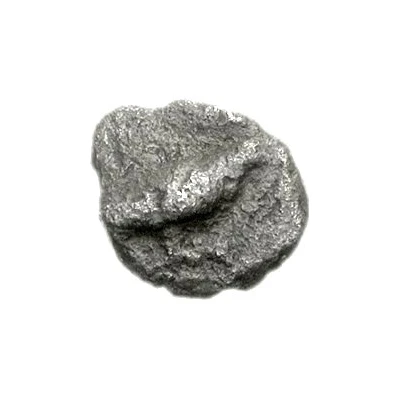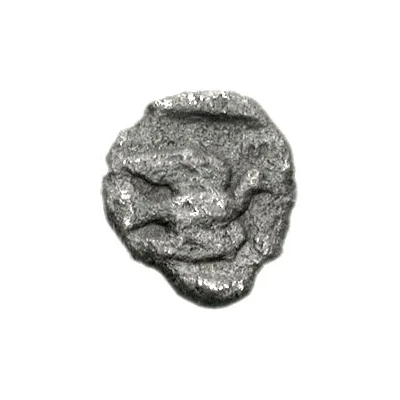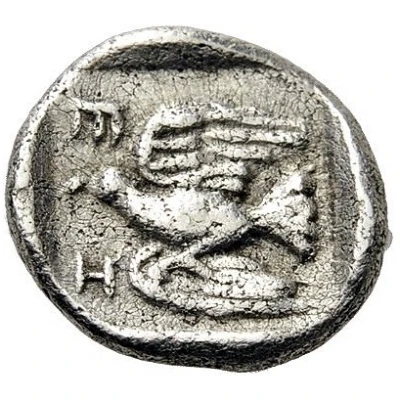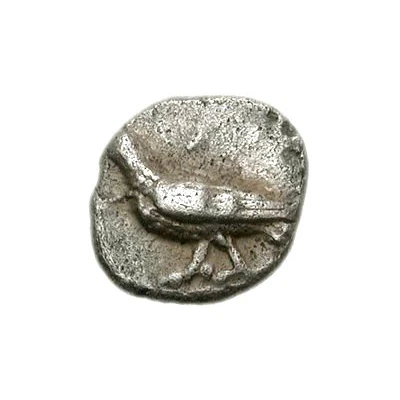
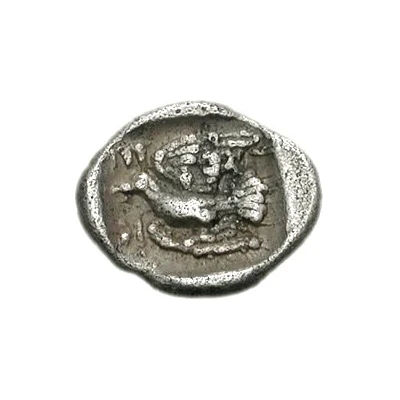

© Classical Numismatic Group, Inc.
Hemiobol 450 BC - 425 BC
| Silver | 0.33 g | - |
| Issuer | Sikyon (Sikyonia) |
|---|---|
| Type | Standard circulation coin |
| Years | 450 BC - 425 BC |
| Value | Hemiobol (1⁄12) |
| Currency | Drachm |
| Composition | Silver |
| Weight | 0.33 g |
| Shape | Round (irregular) |
| Technique | Hammered, Incuse |
| Demonetized | Yes |
| Updated | 2024-10-10 |
| Numista | N#149530 |
|---|---|
| Rarity index | 100% |
Reverse
Dove flying left with the letters E to upper left, H to lower left and all within incuse square
Interesting fact
The Hemiobol coin from Sikyon was used as a form of currency in ancient Greece during the 5th century BC. It was made of silver and weighed approximately 0.33 grams. Despite its small size, the coin was an important medium of exchange in the ancient Greek world, and it features an image of a mythical creature known as a "sphinx" on one side, and an inscription of the name of the city-state of Sikyon on the other. The coin's design and imagery reflect the cultural and artistic achievements of ancient Greece, and it remains a valuable artifact for historians and collectors today.
